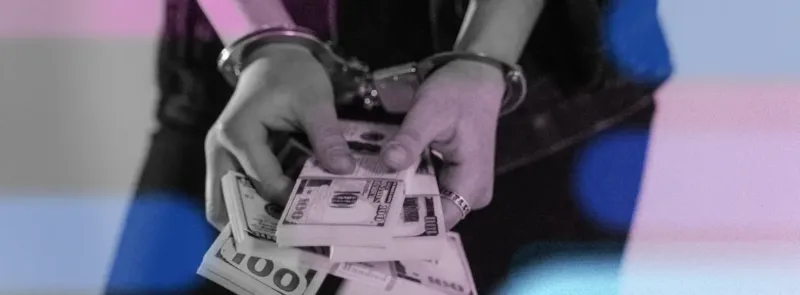Lexicon
What is modern slavery?
Modern slavery is the severe exploitation of other people for personal or commercial gain.
Modern slavery’s relationship with ESG (environmental, social and governance) falls under the social part of ESG. Directors must be aware of employment standards across their company’s supply chains and endeavour to find – and put an end to – any signs of human exploitation.
Modern slavery is all around us but is often hidden from view.
Trapped in modern slavery
People can become trapped working in factories, serving our food, picking our crops, or working in our homes as nannies, cooks or housekeepers.
Currently, millions of children and adults around the world are enslaved.
The number of people trapped in modern slavery worldwide is estimated at 40 million:
- One in four are children.
- The majority (71%) are women and girls.
- In 2019, the authorities in the UK identified over 10,000 potential victims.
There are many forms of modern slavery. Among them are:
- Human trafficking. Violent, coercive or threatening methods are used to transport, recruit, or harbour people for prostitution, forced labour, crime, marriage, or organ exploitation.
- Forced labour. Performing work or services against one’s will to avoid punishment.
- Debt bondage/bonded labour. World’s most prevalent form of slavery. A person trapped in poverty borrows money and works to repay the debt, having no control over their employment conditions.
- Descent–based slavery. The most traditional form of slavery is where people are treated as property and inherit their “slave” status from their mothers.
- Slavery of children. The act of exploiting a child for another’s gain. Child trafficking, child soldiers, child marriage, and child domestic slavery are all examples.
- Forced and early marriage. Getting married against one’s will and not being able to leave. The majority of child marriages can be considered slave marriages.
Modern slavery occurs when people are tricked, trapped, and exploited, often due to poverty and exclusion. People are forced into risky decisions to provide for their families or are pushed into exploitative jobs.
Watch the video: Modern Slavery is closer than you think: Understanding modern slavery and human trafficking.
Where does modern slavery happen?
Slavery is common in most countries.
Based on the Global Slavery Index, which publishes country-by-country rankings on modern slavery figures, Africa has the highest prevalence of modern slavery, followed by Asia and the Pacific.
More than 70% of the 4.8 million victims of sexual exploitation live in Asia and the Pacific. The majority of forced marriages occur in Africa.
Slavery is big business
The slave trade is a big business. More than one-third of the annual profits from slavery ($46.9bn) are generated in developed countries, including the EU. Globally, slavery generates $150bn (£116bn) in profits yearly.
As a result of modern migration flows, an immense supply of vulnerable, exploitable workers can now be harnessed for various industries.
Modern slavery and the contemporary board member
As a board member, you are responsible for investigating all aspects of your supply chain for labour abuses.
It would help if you established independent certification processes for each commodity your business produces so that consumers and investors can make informed choices.
Does your business have any areas that involve low-cost labour? Investing in these communities would be a first step to ensuring better ESG.




